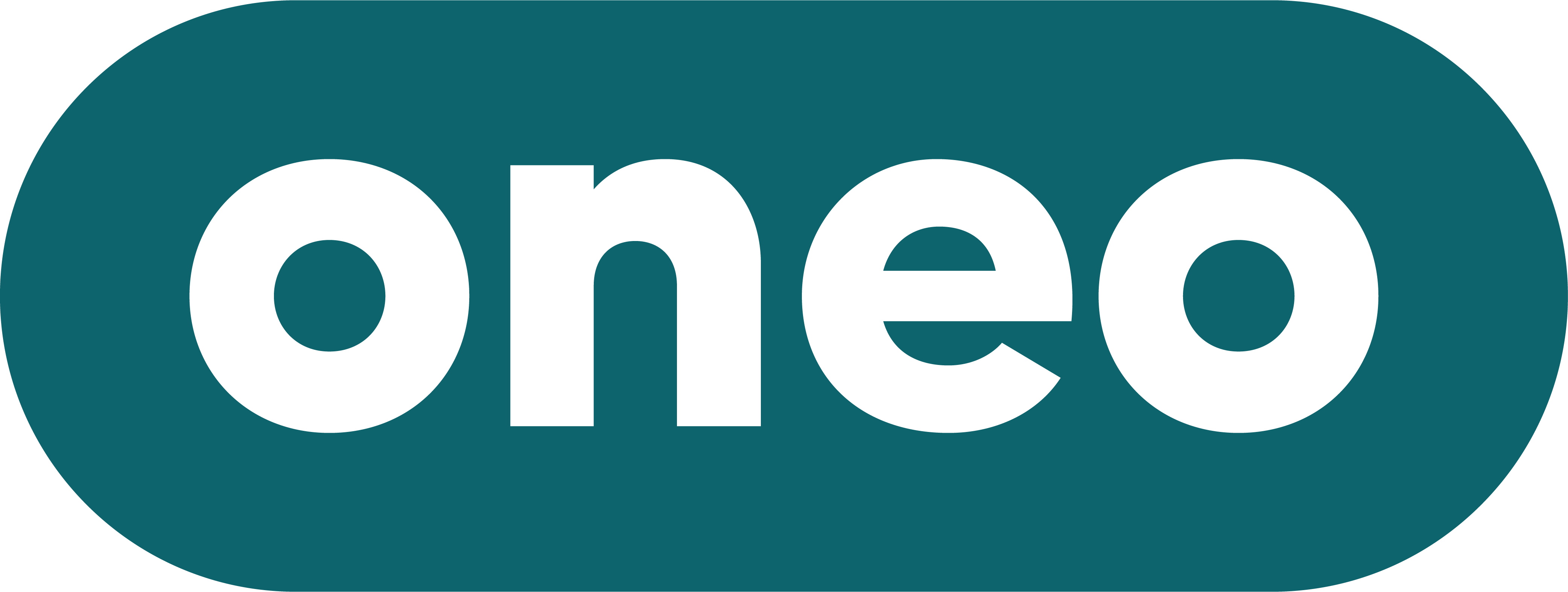Are you tired of remote work feeling like a tightrope walk between flexibility and accountability, trying to balance your team’s productivity and performance without losing your mind? Don’t worry; we’ve got you covered with practical strategies to strike the perfect balance and keep your remote software workforce thriving!
Working remotely has become the new normal for many software companies, offering unprecedented flexibility while posing unique challenges to ensure accountability and productivity. In this article, we’ll dive into two core topics: building a flexible remote work culture and ensuring accountability in a distributed software workforce. Let’s explore two opposing perspectives that often come into play in remote work scenarios, accompanied by some surprising statistics and actionable insights!
Remote Work Flexibility – Finding the Right Balance
Building a Flexible Remote Work Culture
Embracing flexibility is crucial in empowering your remote software team, but it doesn’t mean letting go of all structure. Implementing flexible work hours and understanding individual needs allows employees to strike the right work-life balance, leading to improved job satisfaction and overall happiness. Encourage your team to share personal experiences, like the time when someone attended a meeting in their pajamas because they thought their camera was off – talk about a morning surprise!
Implementing Effective Remote Work Policies
To maintain productivity without micromanaging, establish clear remote work policies. These can include setting core working hours to foster collaboration, ensuring reliable communication channels, and defining the preferred tools for seamless collaboration. Embrace humor by having a “Meme of the Week” competition, showcasing your team’s creative side while promoting a collaborative spirit.
Ensuring Accountability in a Distributed Software Workforce
Utilizing Performance Metrics and KPIs
Measure what matters! Key Performance Indicators (KPIs) are your secret sauce for tracking progress and performance in a remote setup. Define achievable goals and assess performance regularly, celebrating achievements along the way – virtual high-fives are highly encouraged! A study found that companies that align their KPIs with overall business goals experienced a 10% increase in productivity. (Source: BambooHR – “Productivity and Performance Metrics That Matter”)
Promoting Team Collaboration and Communication
Encourage open communication to ensure everyone stays in the loop and on track. Platforms like Slack, Microsoft Teams, or Oneo make collaboration a breeze, fostering a sense of togetherness even when miles apart. Create themed channels for sharing fun facts or hilarious work-from-home fails to keep the team engaged and motivated.
Perspective 1: Freedom and Autonomy Promote Creativity: Flexibility breeds creativity! Allowing your remote software workforce to embrace their individuality fosters a sense of ownership and independence, driving them to think outside the box. Remember the time Dave joined a virtual meeting with a virtual background of a tropical beach, and it accidentally looked like he was sitting on a palm tree? He might not have intended it, but it sure sparked some laughter and creativity in the team.
Perspective 2: Accountability and Structure Drive Performance: Some structure never hurt anyone! Implementing clear guidelines and setting expectations ensure that your remote software team remains focused and committed to their tasks. Whether it’s having weekly progress check-ins or regular team stand-ups, accountability keeps everyone in sync and on target.
Comparison Point 1: Employee Satisfaction vs. Company Performance: Perspective 1 believes that happy employees lead to better overall company performance. Happy employees tend to be more engaged, leading to higher productivity and innovation. On the other hand, Perspective 2 argues that performance-driven accountability is crucial for achieving company success. Balancing these perspectives is essential to strike the right chord in your remote software workforce.
Statistics show that highly engaged remote workers are 20-25% more likely to stay with their current company. (Source: Forbes)
Comparison Point 2: Work-Life Balance vs. Work Commitment: Perspective 1 advocates that flexible work arrangements improve work-life balance, leading to reduced stress and increased employee loyalty. Perspective 2, however, argues that a structured approach ensures a higher level of commitment and prevents slacking in a remote workforce. Finding a middle ground between the two is the key to maintaining both personal well-being and productivity.
A study by Buffer revealed that 22% of remote workers struggle with unplugging after work, affecting their work-life balance. (Source: Buffer – “The State of Remote Work 2020” – link)
Comparison Point 3: Creativity and Innovation vs. Task Completion Perspective 1 believes that flexible work environments encourage creativity and innovation in problem-solving and idea generation. Perspective 2, however, holds that a focus on accountability ensures tasks are completed efficiently, fostering a culture of discipline and productivity. In reality, both aspects are essential for a well-rounded and successful remote software workforce.
A survey by Owl Labs showed that 71% of remote workers reported that remote work improved their creativity and problem-solving skills. (Source: Owl Labs – “The 2020 State of Remote Work” – link)
Comparison Point 4: Communication and Collaboration vs. Performance Metrics Perspective 1 highlights that remote work encourages better communication and collaboration, leading to a stronger sense of teamwork and camaraderie. Perspective 2, however, argues that relying on performance metrics allows employers to assess individual and team productivity more accurately. The ideal approach combines both elements to create a thriving remote software workforce.
A study by Gallup found that highly engaged teams show a 21% increase in profitability. (Source: Gallup – “The Relationship Between Engagement at Work and Organizational Outcomes” – link)
Conclusion
In conclusion, finding the perfect equilibrium between flexibility and accountability is the secret sauce to success in managing a remote software workforce. Embrace the uniqueness of each perspective, and leverage their strengths to create an inclusive and productive work environment.
So, whether you’re sipping coffee in your pajamas or strategizing KPIs in a virtual meeting, remember that the balance lies in combining the best of both worlds. And to take your remote workforce to new heights, explore the power of Oneo – a collaborative platform designed to make remote work a breeze! Remember, a balanced remote team is a happy and high-performing remote team.


